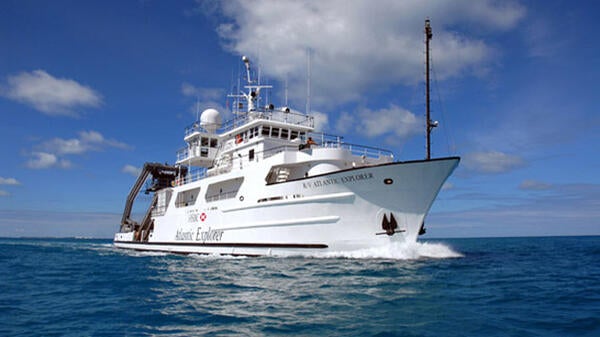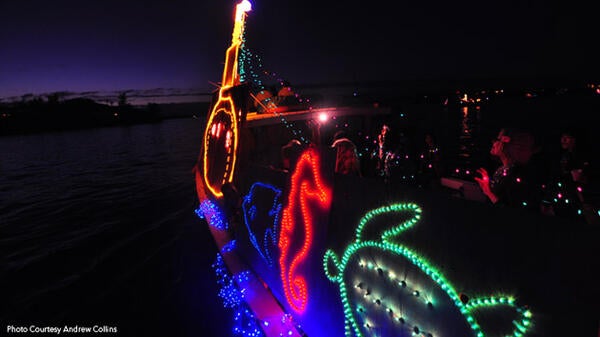For many years scientists have operated on the belief—backed by extensive calculations and climate models—that the global ocean absorbs approximately 30% of the atmospheric carbon dioxide (CO2) produced by human activities. However, in a recent paper published in the journal Biogeosciences, Dr. Nicholas Bates, Senior Scientist and Associate Director of Research at the Bermuda Institute of Ocean Sciences (BIOS), discovered this might not always be true.
‘Living legend’ marine biologist Sylvia Earle delivers lecture at BIOS
December 20, 2012
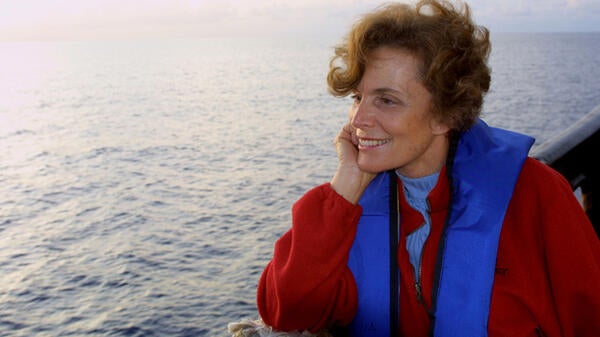
Imagine going for a Sunday drive in the family submarine.
Teachers Take an Expedition to the Sargasso Sea
December 20, 2012
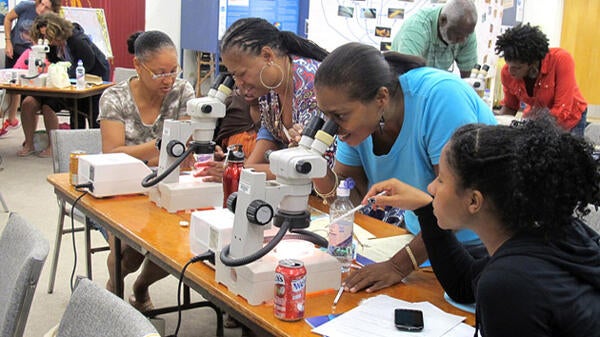
Source: Ocean Academy Blogger
RPI2.0 Announces Crowdsourcing Experiment; Seasonal Forecast Competition
December 20, 2012
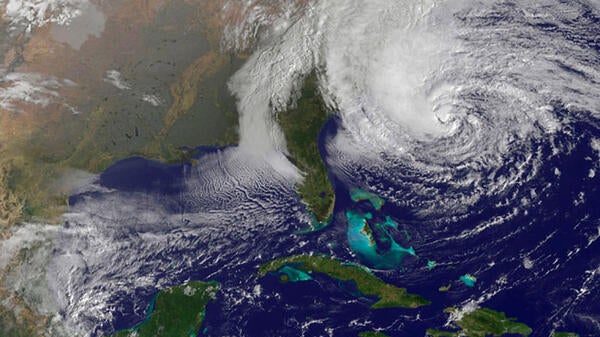
In a nod to the value of crowdsourcing as an effective forecasting method, the Risk Prediction Initiative (RPI2.0) announces the start of its seasonal forecast competition, in which participants can win up to $5000.
Bermuda Reefs Healthier Than Those to the South of the Island
December 20, 2012
Colonies of corals build reefs. As stony corals construct new animals on top of themselves, the lower sections die. The skeletons of these hard corals form the structure of the reef. Sand fills in the framework and calcareous algae cements it.
Ocean Rendezvous Rescues Research Project
December 20, 2012
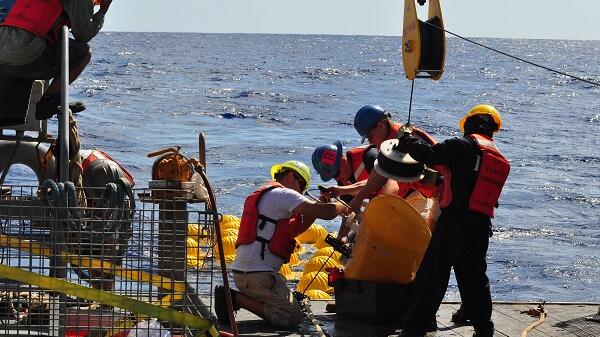
Ruth Curry, Senior Research Specialist at Woods Hole Oceanographic Institution (WHOI), is used to the challenges that come with deep-ocean research; after all, she has spent the last three decades measuring circulation pathways in the Atlantic Ocean. But she never expected that, on a calm day in November, she’d require the help of two ships and an underwater robot to literally save her research program, an undertaking she describes as, “the most exciting thing I’ve done in my 32 years of going to sea.”
Some of our Achievements in 2012
January 26, 2013
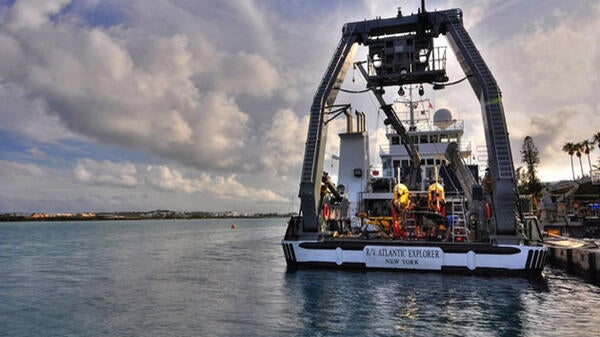
Some of our achievements in 2012 using ocean science for human good include work to:
RPI2.0 Announces Round 2 of its 2013 Seasonal Forecast Competition
February 25, 2013
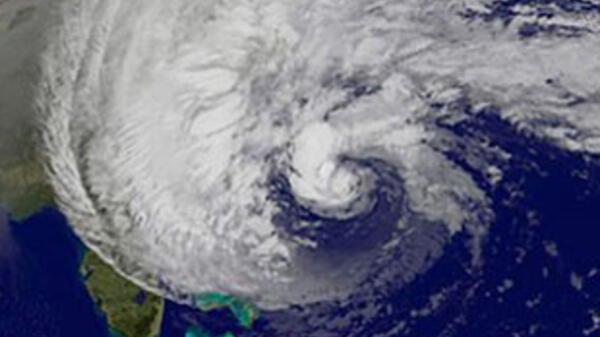
Source: RPI2.0
BIOS Explorer Brings Sargasso Science to Bermuda Students
February 25, 2013
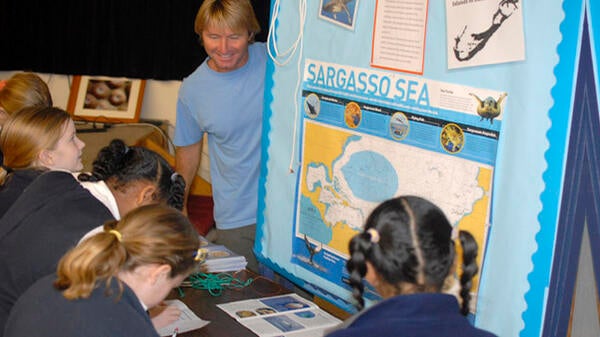
In the two-week period from January 21 through February 1, over 1000 students and teachers from 18 different primary schools around the island came to BIOS for the 2013 BIOS Explorer program. This year’s theme, “Expedition Sargasso,” focused on the biology, chemistry, and physics of the Sargasso Sea – the only sea in the world bounded by currents instead of land masses.
